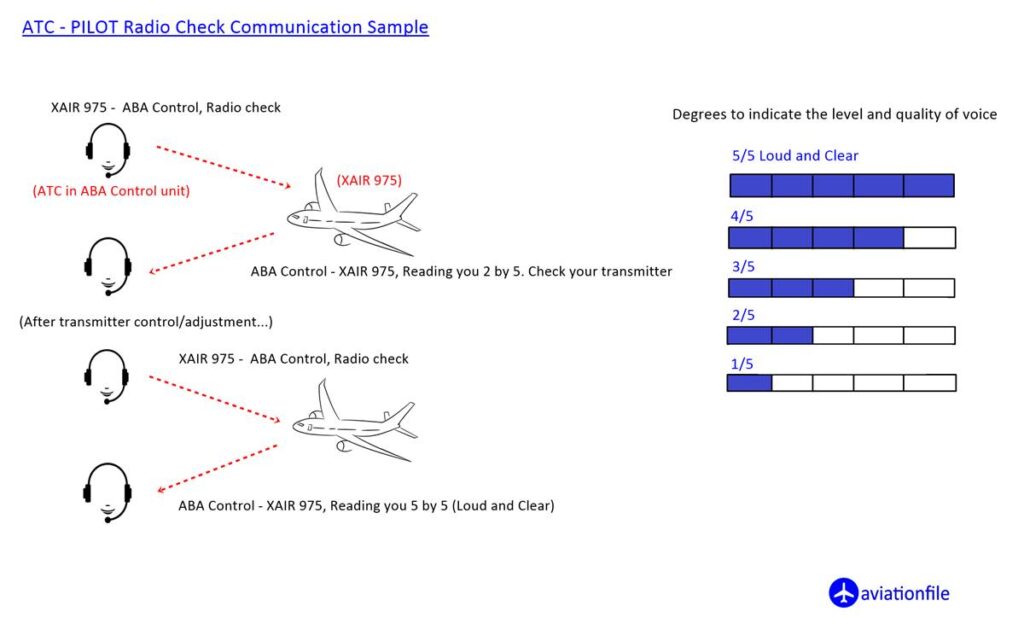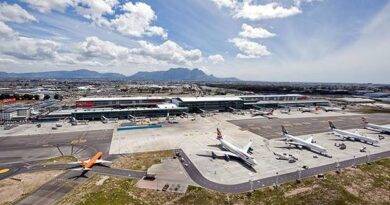Standard/Aeronautical Phraseology
Standard/Aeronautical phraseology is a set of communication rules for simplified English language communication between an air traffic controller and the pilots of an aircraft. In the majority of countries, the standard phraseology in use is based on standards developed by the ICAO standard phraseology is one of the most important factors in the communication process in aviation. It enables fast, effective and safe communication despite cultural and language differences. It also minimizes the risk of potential misunderstanding.
Standard phraseology reduces the risk that a message will be misunderstood and aids the read-back/hear-back process so that any error is quickly detected. The use of non standard phraseology may cause misunderstandings due to its nature. For this reason, the use of non-standard phraseology can lead to the reasons for many problems and accidents in aviation.
In addition to all these, non-standard phraseology can have a positive effect if it is implemented carefully to find a solution to a specific situation. However, it should be considered that the use of non-standard phraseology may cause conflicts between ATC and Pilot. In order to avoid this, necessary care should be taken.
International standards of phraseology are laid down in
-ICAO Annex 10 Volume II Chapter 5
*ICAO Doc 4444 Chapter 12
–ICAO Doc 9432 – Manual of Radiotelephony
Many national authorities also publish radiotelephony manuals which amplify ICAO provisions. Moreover, in some cases modify them to suit local conditions.
Radio check is performed to mutually confirm the quality of R/T communication between ATC and pilot. You can see it in the figure below.

For more articles click.


